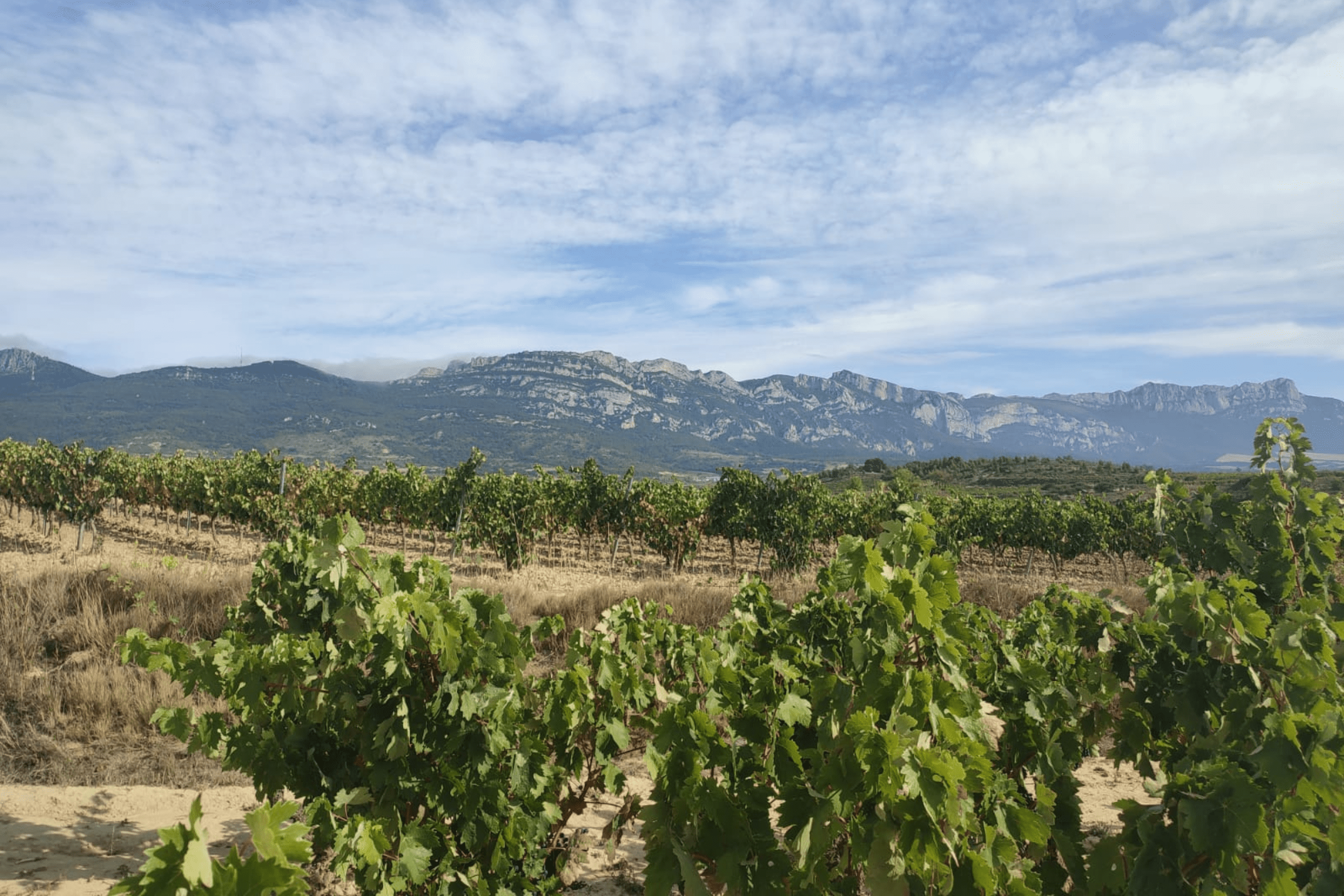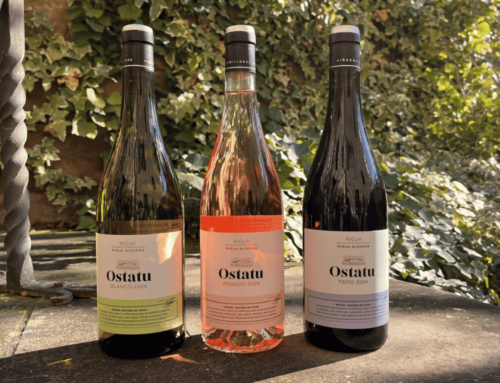For more than two decades we have not used phytosanitary products to control pests in the vineyard, that is, we avoid using insecticides.
The abuse or misuse of chemical synthesis products in the vineyard ruins the surrounding biodiversity, unbalances the plant, and does not favor producing wines that taste good to consumers.
Insects – at least many of them – are beneficial fauna in viticulture, they are indicators of the good health of the vine because they act as predators of certain pests.
We are not inventing something new, nature is wise. We just have to know it, know how to interpret it, and help it, as far as possible.
For this reason, in 2021 we started a research project (financed by the Department of Economic Development, Sustainability and Environment of the Basque Government) to implement and analyze cultural practices aimed at improving the biodiversity of vineyards.
Insects, allies for the vines

The study, which bears the name ‘Mahasti Anitza‘, focuses on three plots of Ostatu: Valcavada, Revillas, and Zabala, the latter being the youngest.
First, it is important to identify which insects are the ‘enemies’ of the vine: tetraniquites (a type of mite), thrips (insects characterized by the shape of their wings), phytophagous mites (they are distinguished by the spots on the leaves, which can cause defoliation) and mealybugs.
These apparently harmless animals are capable of causing severe damage, especially if the most appropriate environmental conditions exist for their development.
Our particular allies are the mites of the Phytoseiidae or phytoseiidae family, but also anthropods, such as ladybugs, bees, snails…
The objective is clear: to act so that the population of useful fauna multiplies.

How to promote biodiversity
Without a doubt, not using chemical products in the vineyard for so many years in a row is the first and essential step to improving the biodiversity of the plots.
Luckily, in addition, we are in a territory, Rioja Alavesa, prone to live, a wonderful orchard. The new climatic reality, however, makes it increasingly difficult to anticipate possible setbacks.
Vegetative covers help us harbor insect populations. In particular, the spontaneous covers (that is, the flora that grows naturally) have proven to be perfect for conserving and increasing the population of our allied insects, they are their shelter and food bank.
In fact, in the Zabala plot, we bet on leaving a green corridor from one side of the vineyard to the other. It was a good decision, after counting the quantity and diversity of arthropods. It is also true, this plot is surrounded by forest in the north, where the green corridor leads.
Phytoseiids were also more abundant in vineyards with some type of plant cover.
The promotion of the population of parasitoids from the Mymaridae family (very small birds) helps us to keep pests of the green mosquito at bay, which is beginning to be common in our area.
In addition to natural or spontaneous plant covers, we plant certain types of crops. Specifically grasses, legumes, and mustard (cruciferous). Apart from serving as drivers of biodiversity, they ‘feed’ the soil with certain nutrients.
Do you want to know more about green roofs?
We invite you to read the next post about Mahasti Anitza and join us on this journey through Viñadiversidad…





